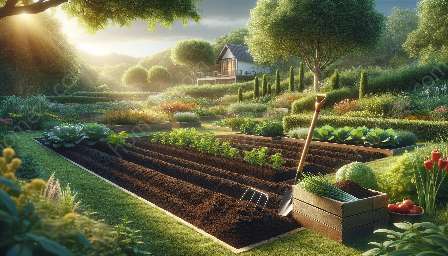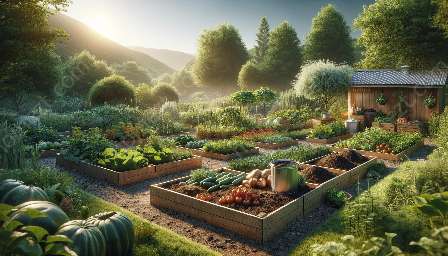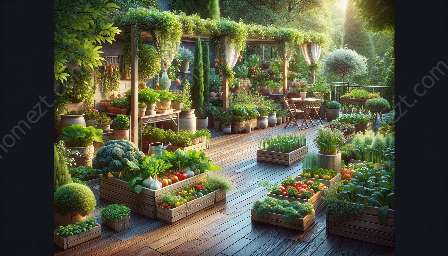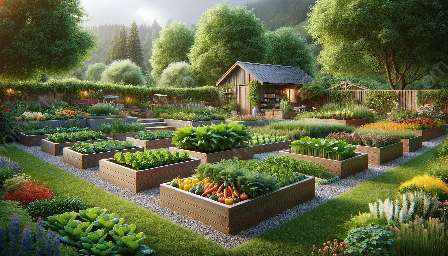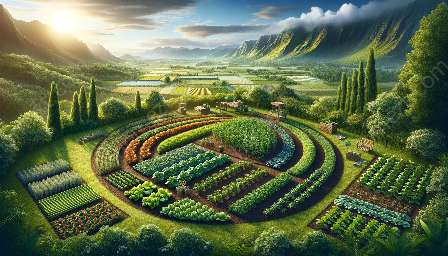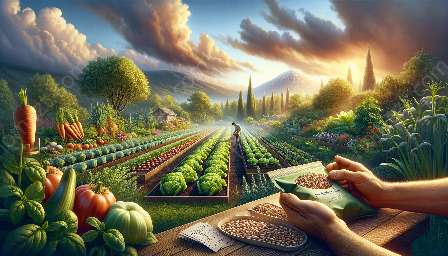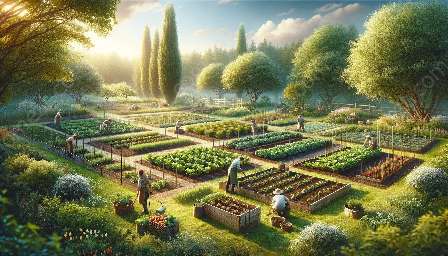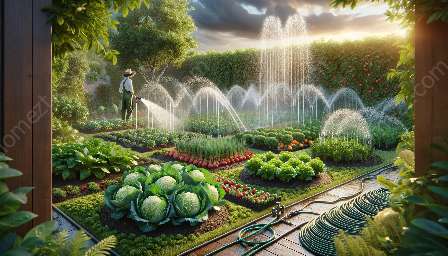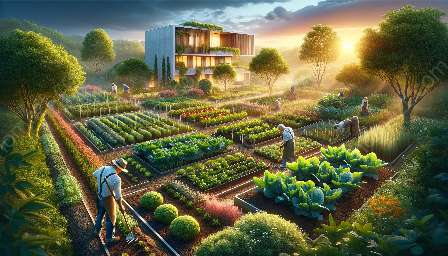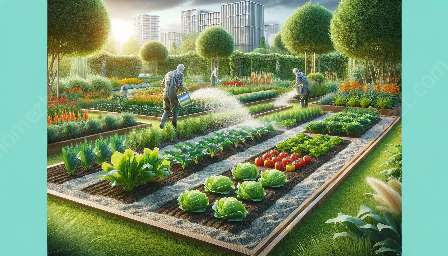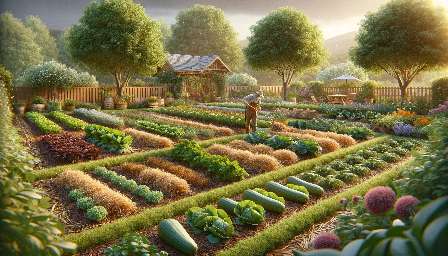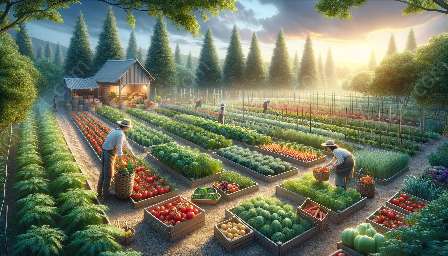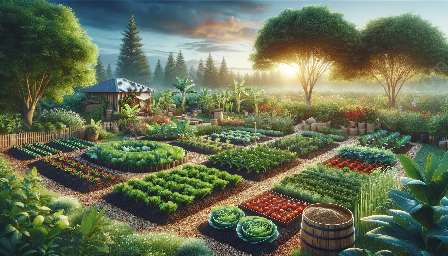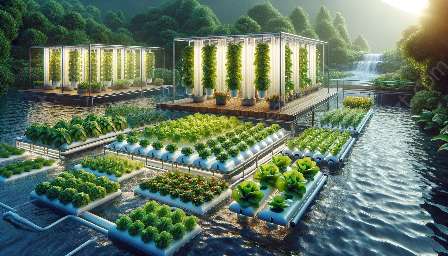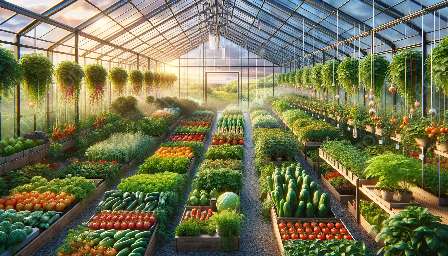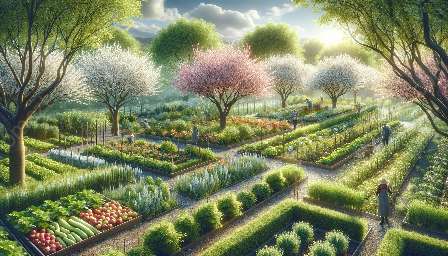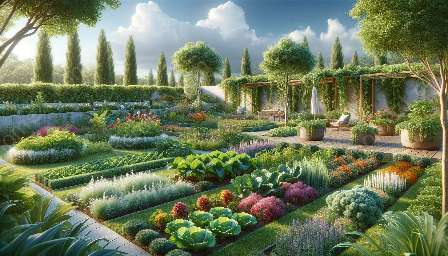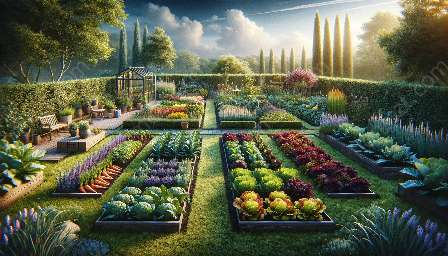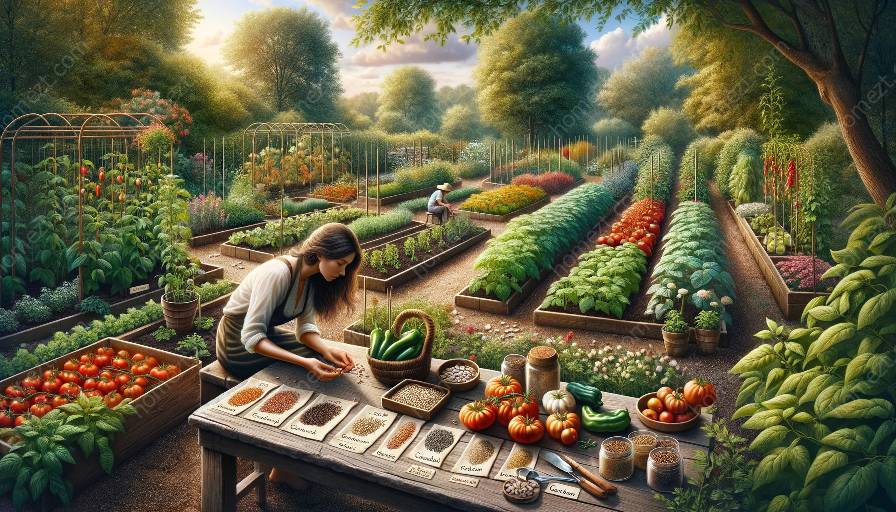Seed saving is an age-old practice that has become a crucial aspect of sustainable vegetable gardening and landscaping. It involves harvesting, storing, and replanting seeds from mature plants for the next growing season. As a gardener or landscaper, understanding the relevance of seed saving can significantly impact the longevity and diversity of your vegetable garden.
Why is Seed Saving Important?
First and foremost, seed saving promotes biodiversity. By saving and replanting seeds from your own garden, you are contributing to the preservation of diverse plant varieties and species. This is essential for maintaining a healthy and resilient ecosystem, as it protects against the loss of genetic diversity due to monoculture farming and the overuse of hybrid seeds.
Additionally, seed saving encourages self-sufficiency. By saving seeds from your best-performing plants, you can develop varieties that are well-adapted to your specific growing conditions. Over time, this practice can lead to greater resilience and productivity in your vegetable garden, reducing the reliance on commercially available seeds.
The Seed Saving Process
The seed saving process begins with selecting the healthiest and most vigorous plants in your garden. Look for characteristics such as pest and disease resistance, flavor, and overall vitality. Allow these plants to mature fully, and then collect the seeds from their fruits or flowers.
Certain vegetables, such as tomatoes and peppers, require fermentation to remove the gelatinous coating from the seeds. This can be achieved by placing the seeds in a container with water and allowing them to ferment for a few days before rinsing and drying them.
Once the seeds are thoroughly dried, they should be stored in a cool, dry place. Proper storage conditions are essential for maintaining seed viability. Labeling the seeds with the plant variety and the date of collection is also important for keeping track of their viability and characteristics.
Integrating Seed Saving into Your Vegetable Garden and Landscape Design
When planning your vegetable garden or landscape design, consider incorporating seed saving into your overall strategy. Choose open-pollinated or heirloom varieties of vegetables, as these are well-suited for seed saving and come true to type when replanted. Avoid using hybrid seeds, as the offspring of hybrid plants may not exhibit the same desirable traits as the parent plants.
Create dedicated areas in your garden for seed production, allowing the chosen plants to fully mature and set seed. Designating specific beds or sections for seed saving can help prevent cross-pollination between different varieties, ensuring the genetic purity of the saved seeds.
Community and Environmental Impact
Seed saving extends beyond individual gardens and landscapes. It fosters community involvement and knowledge sharing, as gardeners and landscapers can exchange locally adapted seeds and contribute to the conservation of rare and endangered plant species. Furthermore, promoting seed saving practices contributes to the larger goal of environmental sustainability, as it reduces the need for resource-intensive seed production and distribution systems.
Conclusion
Seed saving is a fundamental aspect of vegetable gardening and landscaping. By embracing this practice, you not only contribute to the conservation of plant diversity, but also develop resilient, locally adapted varieties that enhance the sustainability of your garden. As you explore the world of seed saving, remember that each seed carries the potential to grow into a living legacy of biodiversity and self-sufficiency.

